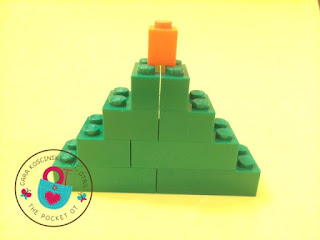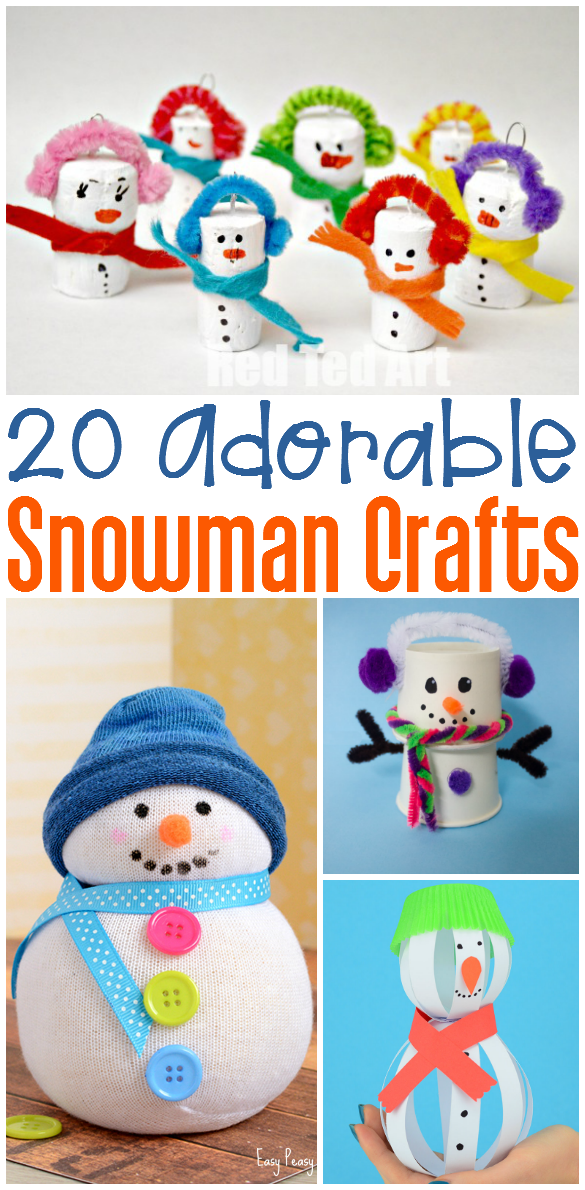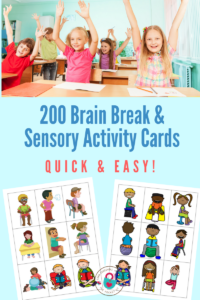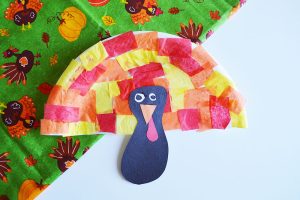Holidays can be hectic and busy for grown-ups but our children can become bored quickly. I encourage my clients and my own children to limit screen time and be creative. Children of all ages learn skills by engaging in play. When children are not asleep they are learning about their environment through various play activities. Completing the tasks of building blocks, working a puzzle, and drawing pictures will yield skills and build connections in the brain that the child will use throughout his lifetime. This year I’d love to help you with activities that fill fun and functional requirements for your child.
Practically every home has Legos or a set of building blocks. Create models for your children and ask them to duplicate your creations. You can provide complex models or simple ones for younger children. Using the hands and eyes together involves visual-motor skills. They are important for everything from writing to self-care tasks. This task can be switched so that children create models for parents to follow.

–Pool noodles are commonly found at dollar stores and are super cheap. Their possibilities are endless. Children can jump over them as part of an obstacle course. They can be cut in half and taped or velcroed to the wall. Kids can create a water maze by arranging the position of the noodles on the wall. Another use for them is as limbo poles if they are held up either by chairs or older friends. Kids can either play limbo with them OR crawl under them in the quadruped (crawling) position. This helps to build core muscle strength which will later be used for completing school tasks seated at the desk. Also, cut in half, pool noodles can be used as balance beams for young kids. Work in bare feet to make this task easier.
—Remember that heavy work is calming. Include activities and chores such as moving chairs, setting the table for the meal picking up and placing dirty clothes into a basket and carrying the loaded basket into the laundry room, or vacuuming. They are great ways to encourage children to help to prepare for the party. Using a push broom is great for older children as they sweep up snow or fallen leaves to clear a path for holiday guests.
—Punch holes into Holiday cards with a one-hole puncher. Gather up ribbon, string, or twine and lace the holes. The results can be quite pretty and could be given as gifts to family and friends! When children use their hands together (bilateral integration), they build skills used throughout their lifetime. Additionally, while holding the string, kids refine fine motor skills. For additional fine motor work, use red and white pipe cleaners/chenille stems and show kids how to twist them together to create candy canes! Make an example for them and watch them fall in love with this activity!
—Use paper, pillows, small tents, boxes to create a sensory hideout! Often children feel overwhelmed during the holidays and busy times. Add pillows, blankets, and stuffed animals to give kids the cozy feeling. Adding Lycra fabric in which kids can roll up and wrap themselves in adds awesome proprioceptive input. My kids love having a flashlight in their cozy space.
—Download our FREE Conversation Starter Cards. Sometimes kids with communication delays need some extra help in social situations. Giving kids our cards helps to start great conversations and adds fun too!
With a little creativity, many activities can be fun and therapeutic! Be creative and use objects found in your own home or at the dollar store to keep the budget low. Play with your child and the memories you make together will last a lifetime!


 Check out our must-have movement cards. Over 200 activities to use for your home, clinic, and classroom.
Check out our must-have movement cards. Over 200 activities to use for your home, clinic, and classroom. 


